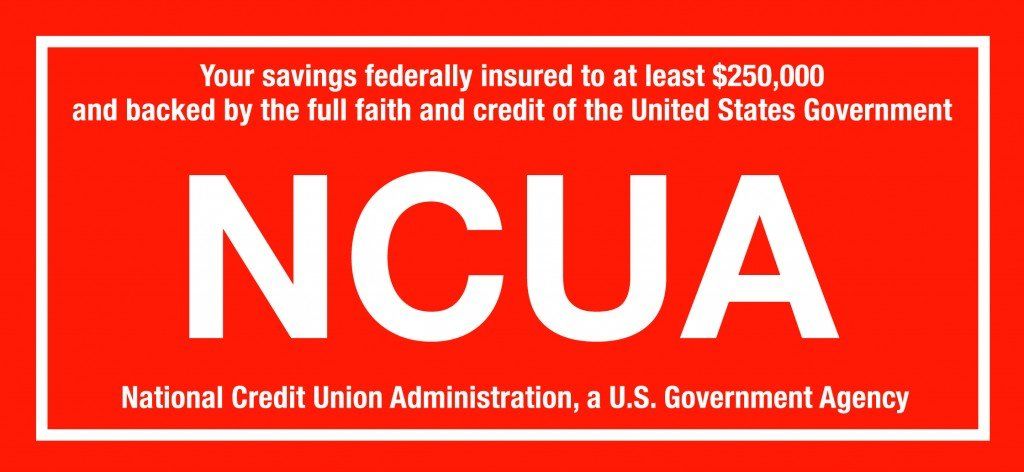Spotting A Fake Website

Picture this...
You are searching around for a new pair of shoes. You find a GREAT deal, so you are about to check out and enter your debit card information.

Are you sure this website is legitimate? A common practice among scammers today is creating copycat websites to mimic (almost convincingly) popular retailers. Consumers visit these websites and willingly hand over their banking information, personal details, and much more without even realizing they aren't on the 'real' website. The biggest culprit is social media. Facebook marketplace and Instagram business accounts are popping up daily, and it is hard to sort through the duds to get to the 'real deal' retailers. Here are some things to look for in order to spot a fake website.
1. Take a look at the URL of the website
In doing research for this blog, I came across, pretty quickly, a fake Nike website. This was found on Facebook Marketplace, and advertises itself as a Nike retailer. The first thing to notice is the URL. While the real Nike website is nike[dot]com, take a look at the web address for this scam website. Some scammers will try to be clever and put a spin on the original retailer, for instance, nikee[dot]com or nikeshoes[dot]com. Others, like this website, don't even try to pretend they are the original retailer.
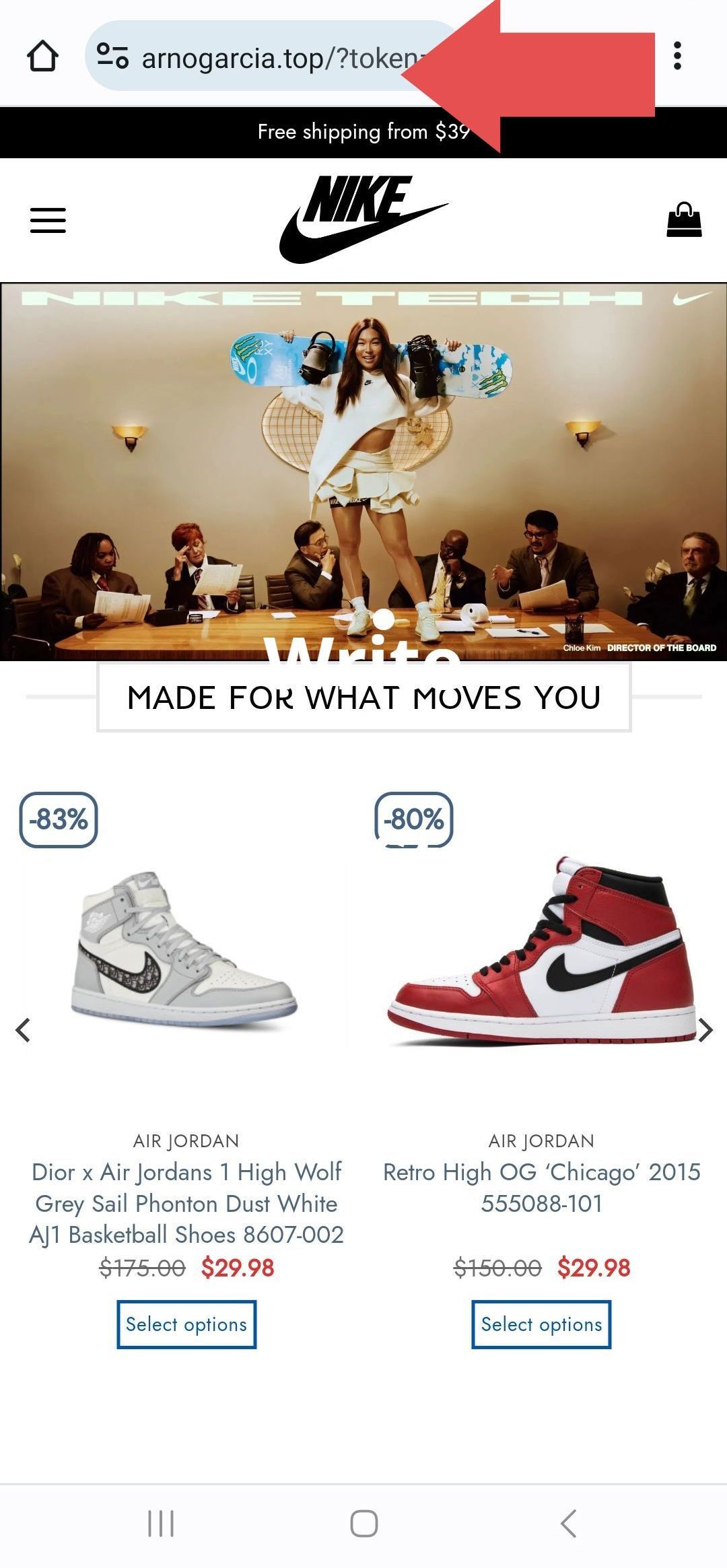
2. Look at the website design for inconsistencies or flaws
Although this website is fairly well made, there are a few signs that it is not an authentic Nike dealer. If you browse through the pages, you will see small typo's, missing or broken hyperlinks, and inconsistent font designs. While mixing fonts is not uncommon with legitimate websites, doing so mid-paragraph or sentence is a little odd. Take a look at the overall website and get the feel for it. Does it seem professionally made? Take this into consideration alongside all of our other suggestions when making your final decision on the authenticity of the website.
3. "Too good to be true" discounts
A quick review of Nike's website shows these sneakers retail for between $125.00 to $180.00. Currently as of the writing of this blog, Nike also had a 20% discount sale on select styles. This website is selling the same shoe for a fraction of the cost. As a matter of fact, almost every item on this website is as much as 80%-85% off retail price. Let this be a big red flag that the authenticity of the website might be suspect. Another tactic that scammers will use when selling fake items is putting some trackers at the bottom of the listing. Usually a timer counting down until a sale ends, or how many people are viewing the item or "only XXX left!". This creates a sense of urgency to entice you to make an impulse purchase.
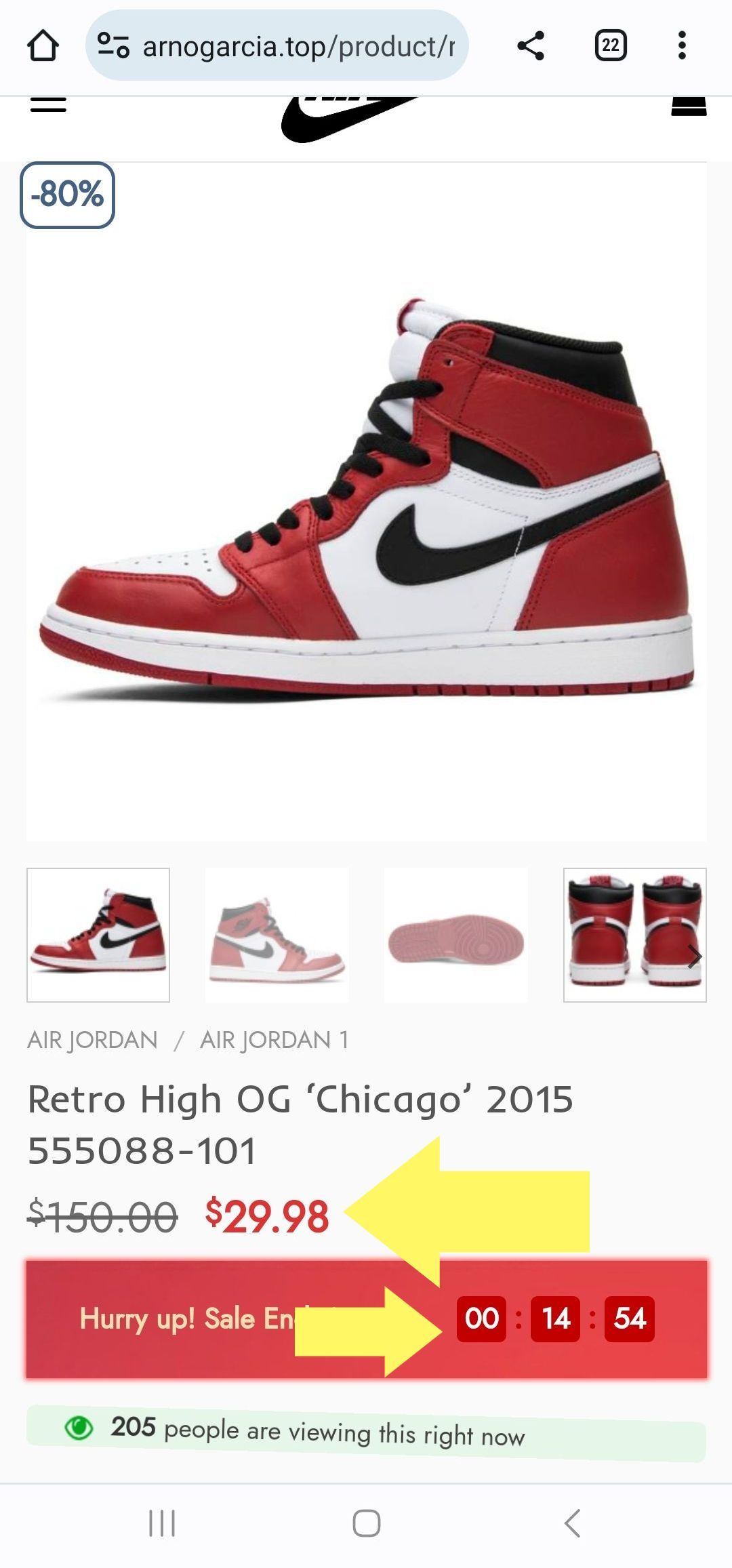
4. Minimal contact information, unusual payment methods, and/or stringent or non-existent return policy
Another great way to research if a website is legitimate or not is to look at their contact information, accepted payments, and return policy. Very often if a website is set up with the intent of scamming you, they are not going to make it easy for you to get in touch with them. A "contact me" tab will usually be the most you will get, possibly with a generic email address to go along with it. Note here on our fake Nike website, on the Contact Us page, there is a broken Captcha hyperlink. Also, read the few lines before the form, they don't sound quite right, do they? This website's return policy reads a lot like a tax manual, with multiple rules and vague promises that maybe they will accept your return if you meet their unattainable requirements. Most larger retailers have a rather broad return policy, as their priority is keeping customers happy rather than fraudulently taking their money. Also take a look at the section in bold in the return policy, it reads "...a product bacak unless it has been approved." This is what was referred to in tip #2 by overall professionalism of the website. Simple spelling errors say a lot. Lastly, look over a website's accepted payment methods. We are in the era of P2P merchants, so having a half dozen or more acceptable payment methods is not unheard of. However, watch out for unusual methods being pushed by a retailer, such as Bitcoin or other less popular platforms. Notice on our scam site, another broken image link below the Payment Methods paragraph.

Slide title
Write your caption hereButton
Slide title
Write your caption hereButton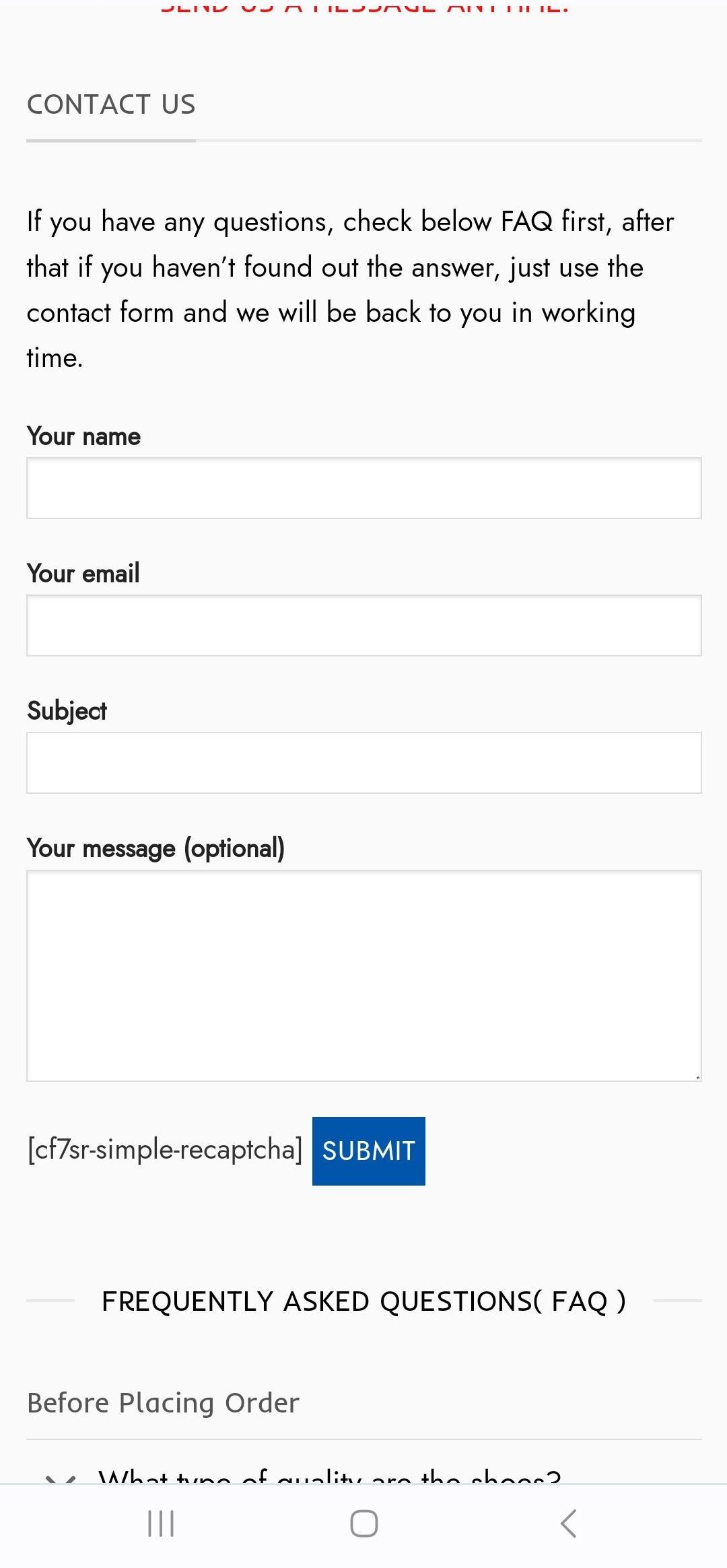
Slide title
Write your caption hereButton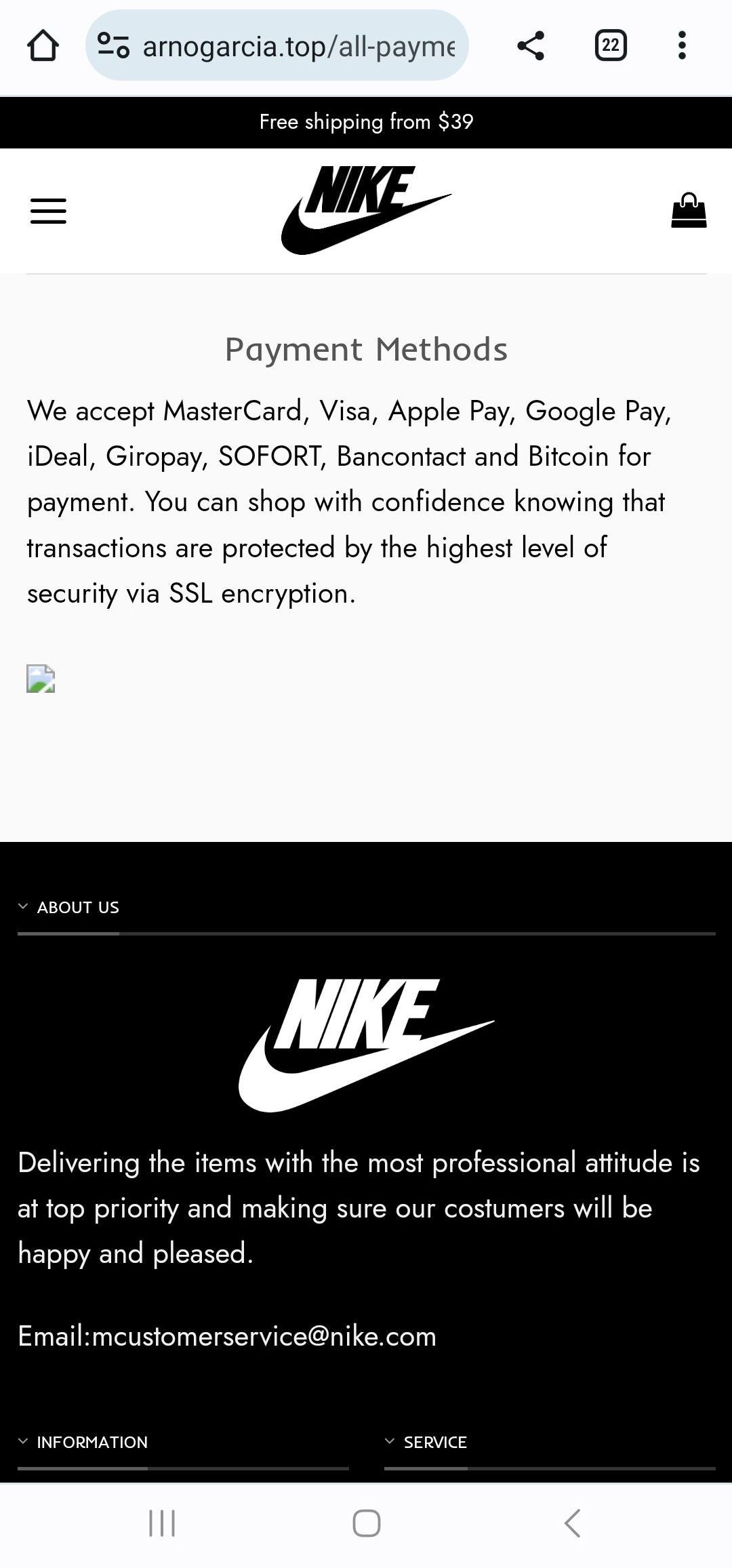
Slide title
Write your caption hereButton
5. Bad reviews or general low trustworthiness
Finding out if a website is reputable can be much easier thanks to a few dedicated websites. Sites like Who.Is, Scamadvisor, and even Google's safe browsing tool will help give you the added information you need to make a decision about the legitimacy of a website. When going to Scamadvisor, we can see that our fake website is just tanking in the confidence meter with a 1/100 and a note that caution is needed. Take heed if the retailer you are browsing shows up like this.
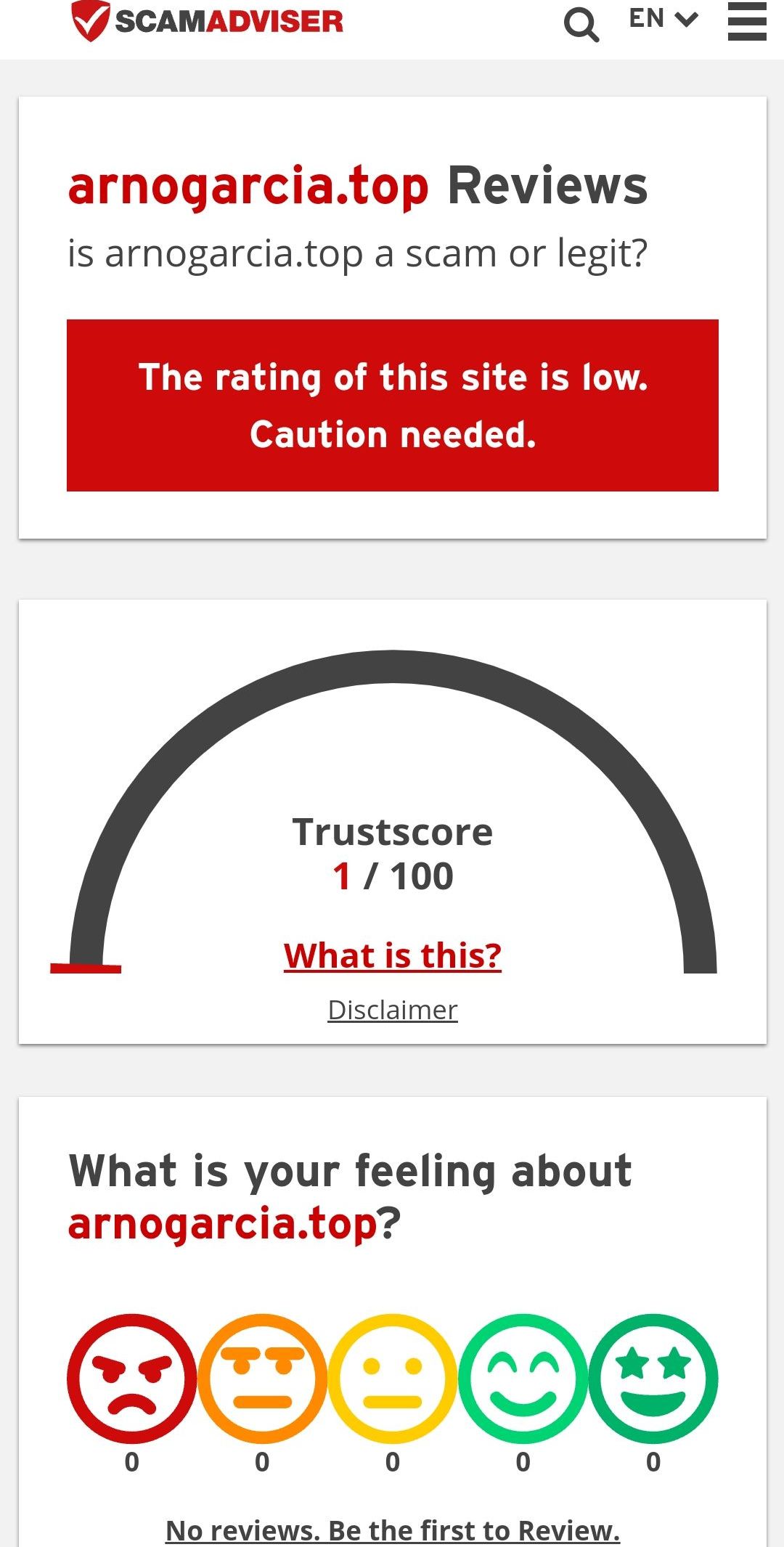
Additional websites you can visit to educate yourself on how to spot a scam website, or to report or research a possibly fraudulent website:

What if my information has been compromised?
If you happen to be a victim of fraud, there are several steps you should take immediately to limit the damage a scammer can do and reduce your exposure to future fraud.
- Contact your financial institution right away and let them know your information has been compromised
- Make sure your debit/credit cards are deactivated and new ones are issued. If your account/routing number has been compromised, consider closing the account and opening a new one.
- Change any passwords to accounts where sensitive information exists. Start with banking apps and move outward from there.
- Remove any software or apps that could potentially have been the culprit of compromising your information.
- Have your phone or computer looked at by your mobile carrier or a reputable PC repair company for any malicious 'leftovers'.
The Bottom Line...
When it comes to safe shopping/browsing online, educate yourself before putting your personal information out there. Never share sensitive information such as card numbers, account numbers, or PIN's with any establishment that does not take your privacy seriously. Also, just because it comes from social media does not automatically make it trustworthy. Do the independent research on the user and website before handing over your card number. If by chance your information is compromised, act quickly to limit the damage.
